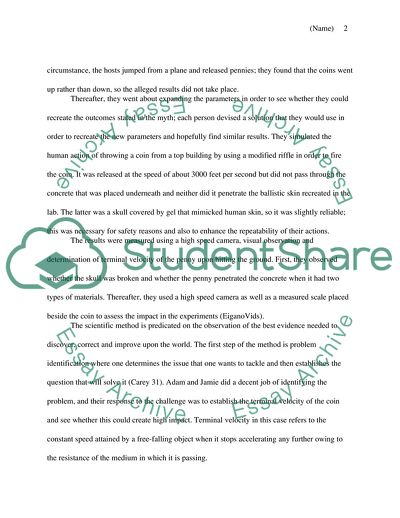Cite this document
(Mythbusters in Science Report Example | Topics and Well Written Essays - 1250 words, n.d.)
Mythbusters in Science Report Example | Topics and Well Written Essays - 1250 words. https://studentshare.org/physics/1833031-the-myhbusters
Mythbusters in Science Report Example | Topics and Well Written Essays - 1250 words. https://studentshare.org/physics/1833031-the-myhbusters
(Mythbusters in Science Report Example | Topics and Well Written Essays - 1250 Words)
Mythbusters in Science Report Example | Topics and Well Written Essays - 1250 Words. https://studentshare.org/physics/1833031-the-myhbusters.
Mythbusters in Science Report Example | Topics and Well Written Essays - 1250 Words. https://studentshare.org/physics/1833031-the-myhbusters.
“Mythbusters in Science Report Example | Topics and Well Written Essays - 1250 Words”. https://studentshare.org/physics/1833031-the-myhbusters.


